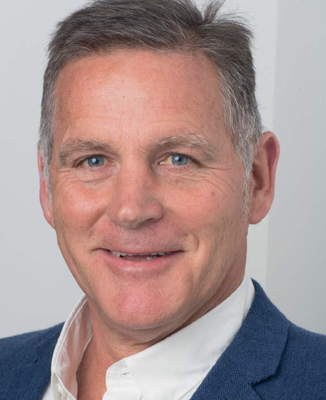A new primary school is among vital community infrastructure earmarked to help deliver a population of “at least” 10,000 in central Geelong within 10 years, City Hall has revealed.
A health centre and numerous other community facilities will also be on the wishlist of council’s social infrastructure plan for the city.
Councillors will begin drawing up the plan after this week endorsing a final report on the central city’s infrastructure needs this week.
The report called for the primary school along with other facilities including a community health centre, supported accommodation and various indoor and outdoor spaces.
“The importance of planning for infrastructure that caters to families who want to live centrally for convenience and central amenities was also noted,” council said.
“Other strategic priorities when delivering community infrastructure for central Geelong are to facilitate innovative and diverse arts and cultural development, support smart cities infrastructure, develop creative spaces, facilitate social inclusion and supported accommodation and re-use existing spaces where possible.”
State Government would be the lead agency for the primary school and community health centre, council said.
City Hall and other not-for-profit organisations would take the lead on the other required infrastructure.
State Government and council are pushing for population growth in central Geelong as part of plans to rejuvenate the area.
Community surveys have commonly rated the rejuvenation of the city centre as the top priority for Geelong.
Acting mayor Peter Murrihy emphasised the importance of planning to the growth of the city’s population.
“It’s important that we start planning for the required infrastructure in central Geelong as we move towards more people living and working in the CBD,” Cr Murrihy said.
“Having a range of quality community infrastructure will attract and retain a diverse population and suit different ages, cultures and socio-economic backgrounds.”







